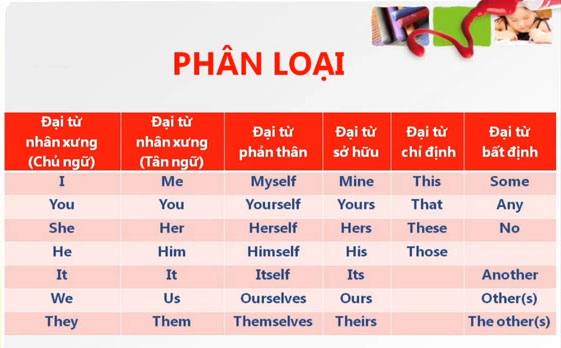Relevant articles

Xuất sắc trở thành MC song ngữ với sự đồng hành của BITU
25/02/2024
Ngày 20/10 của gia đình Bitu diễn ra như thế nào?
03/03/2024
Tổng Hợp Kiến Thức Về Đại Từ Trong Tiếng Anh
11/03/2024
Mạo từ là gì? Làm cách nào để điền đúng mạo từ trước?
25/02/2024
Lộ Trình Ôn Thi Toeic Đạt Hiệu Quả Cao
27/02/2024
Phân biệt thì hiện tại đơn và hiện tại tiếp diễn
03/03/2024Experience a free speaking practice session with Bitu

